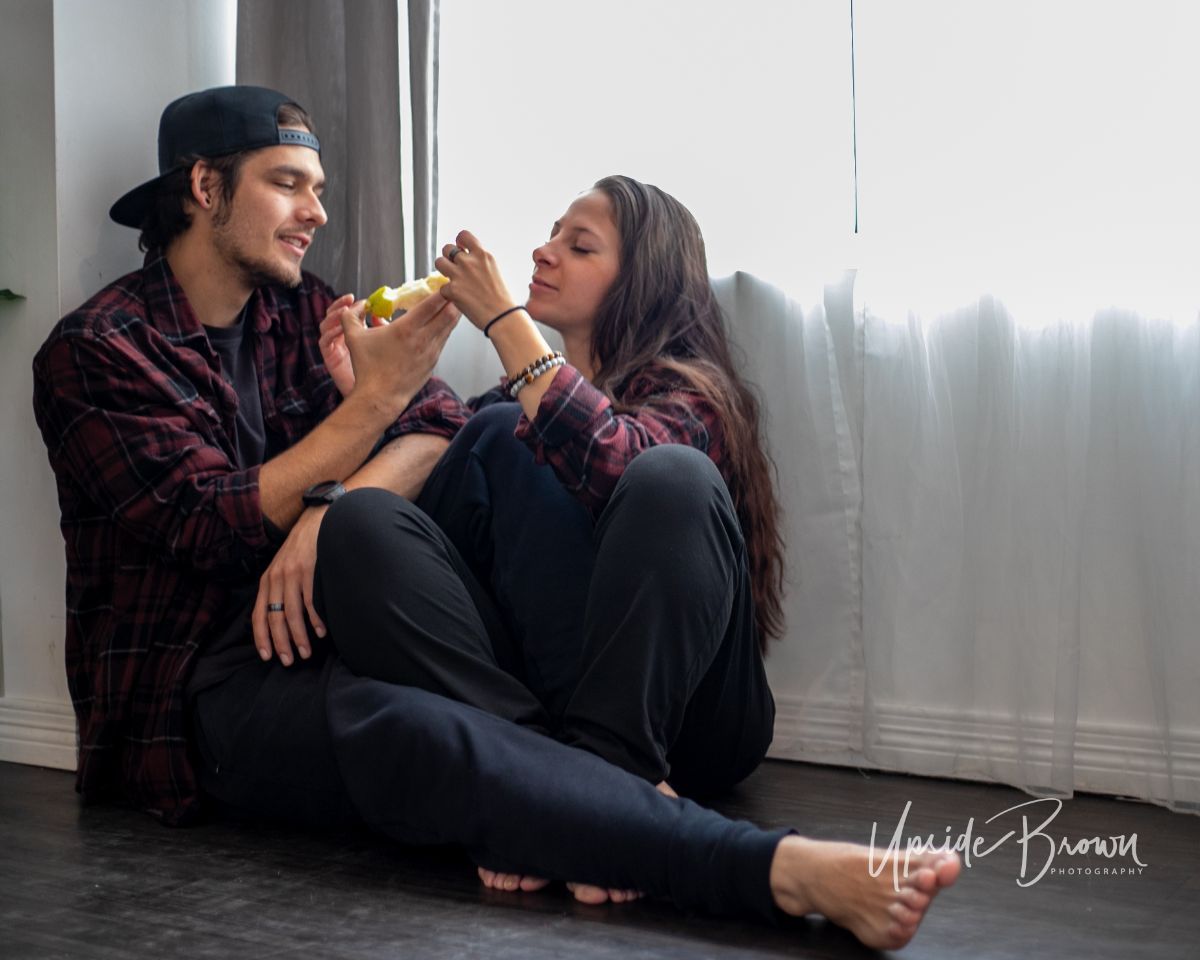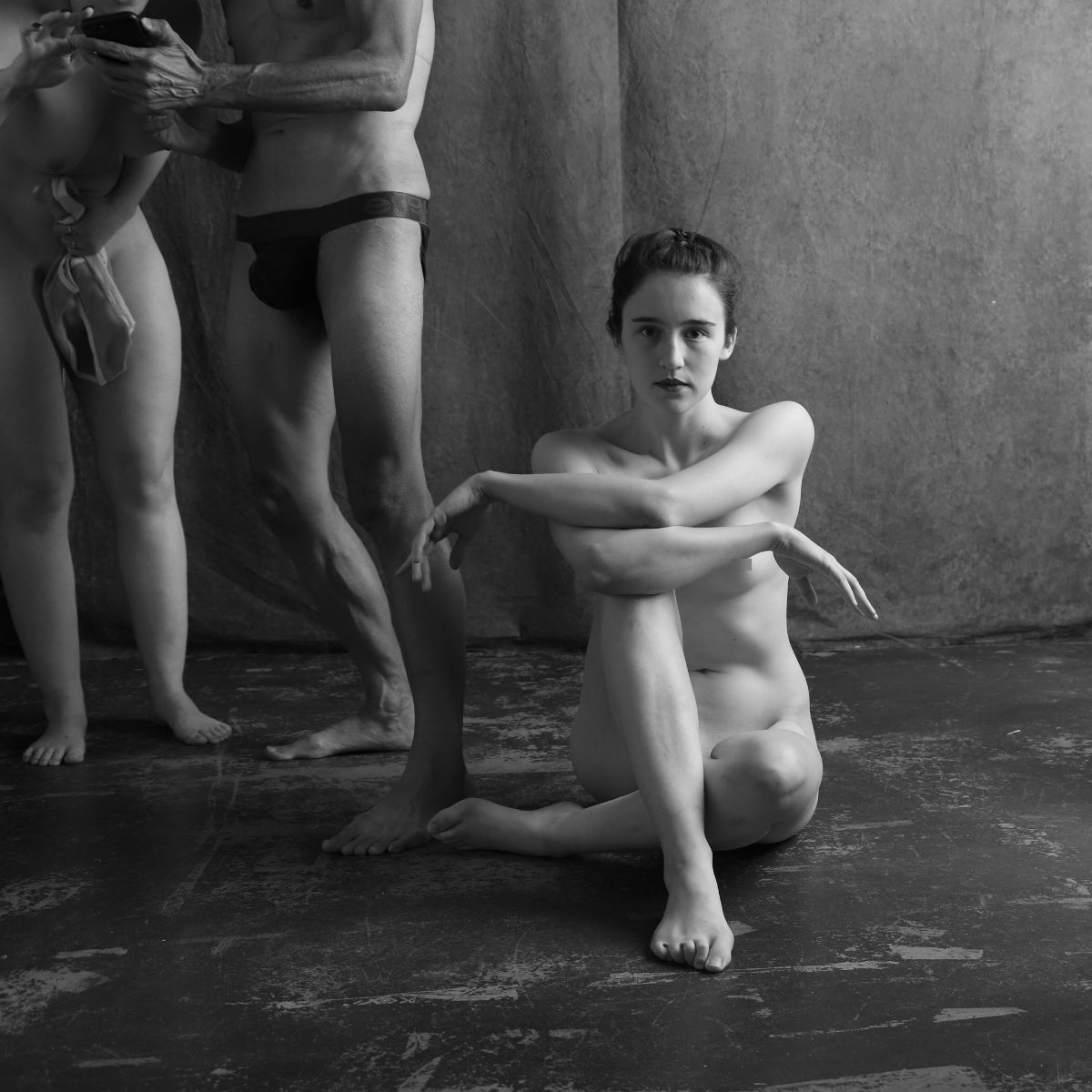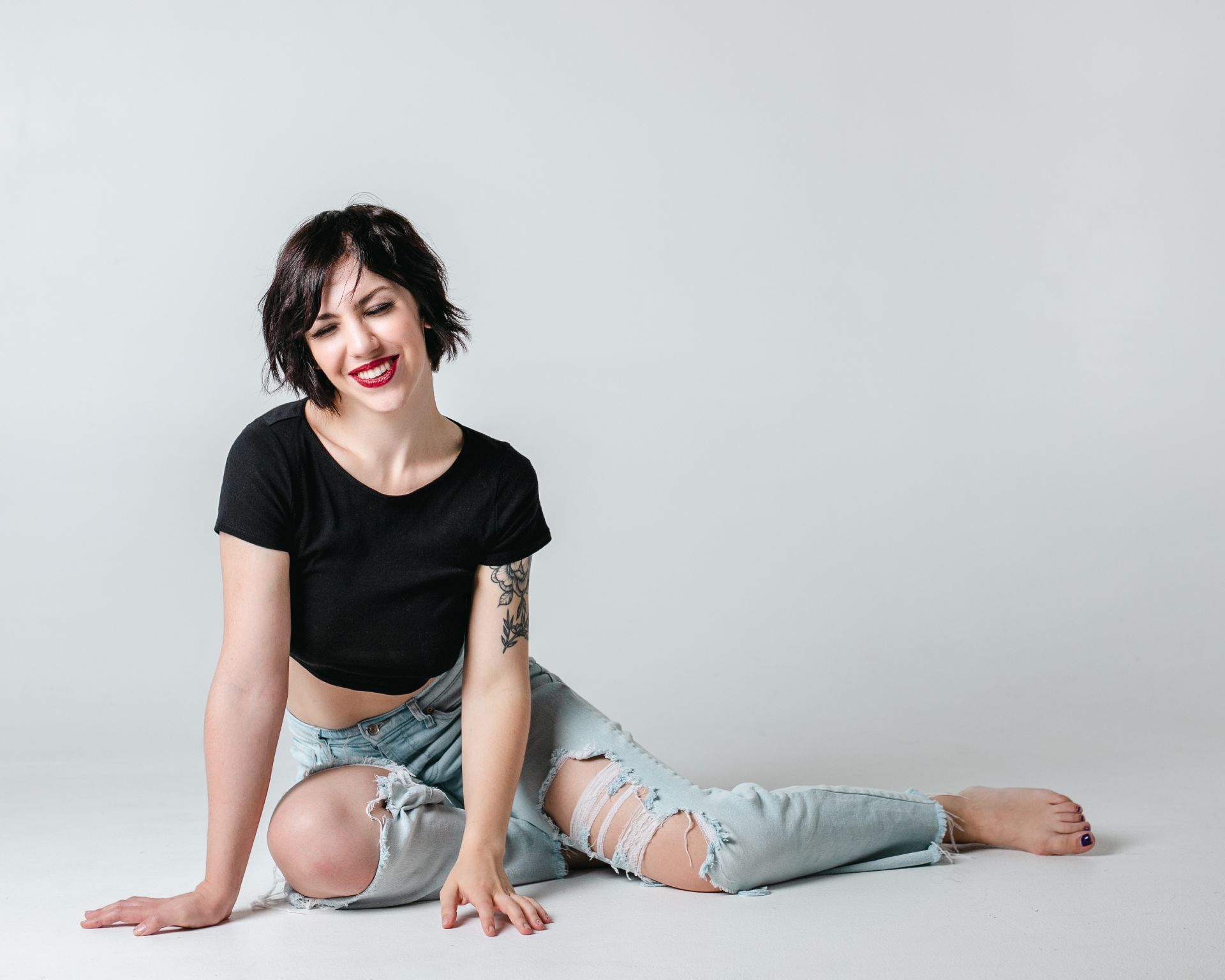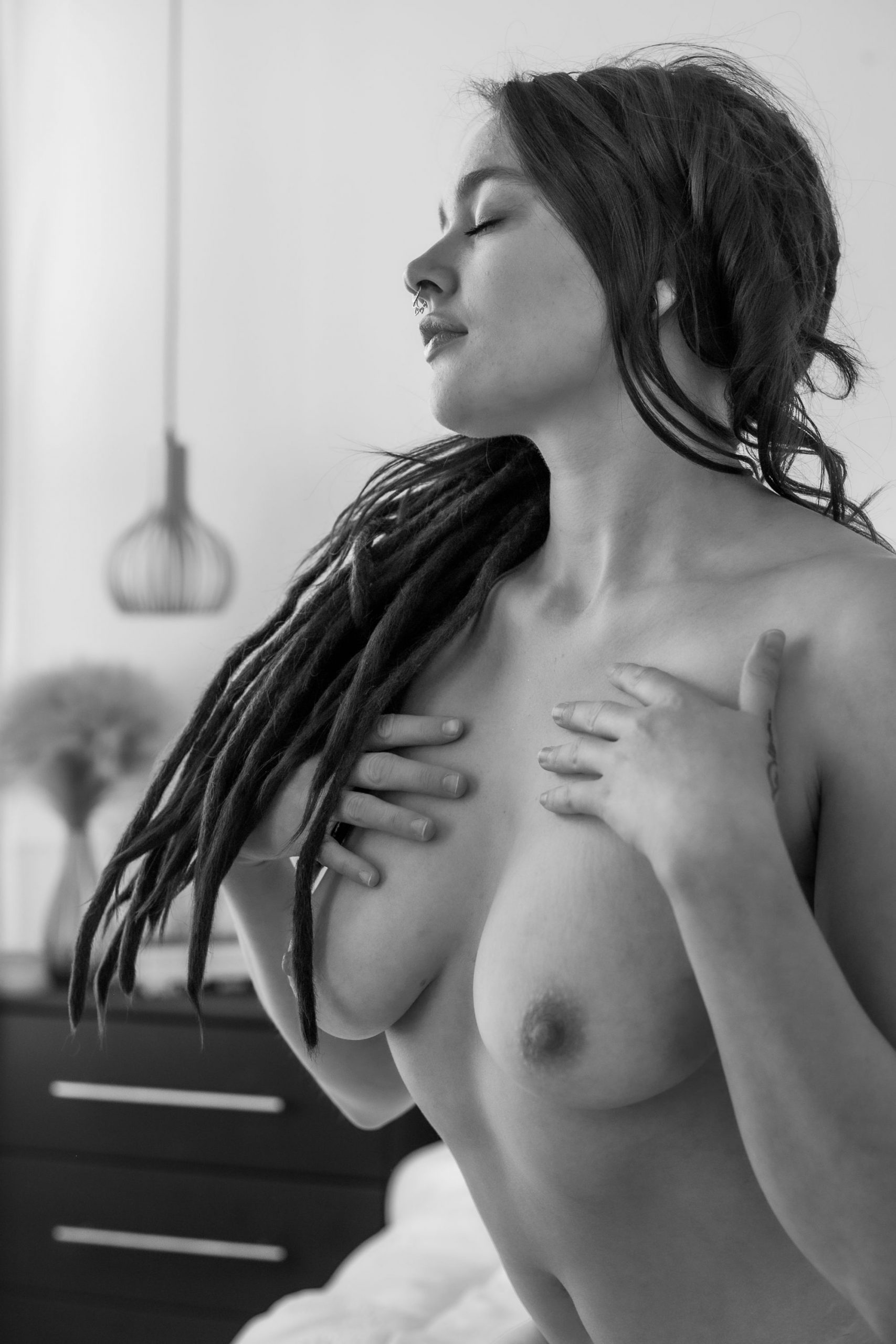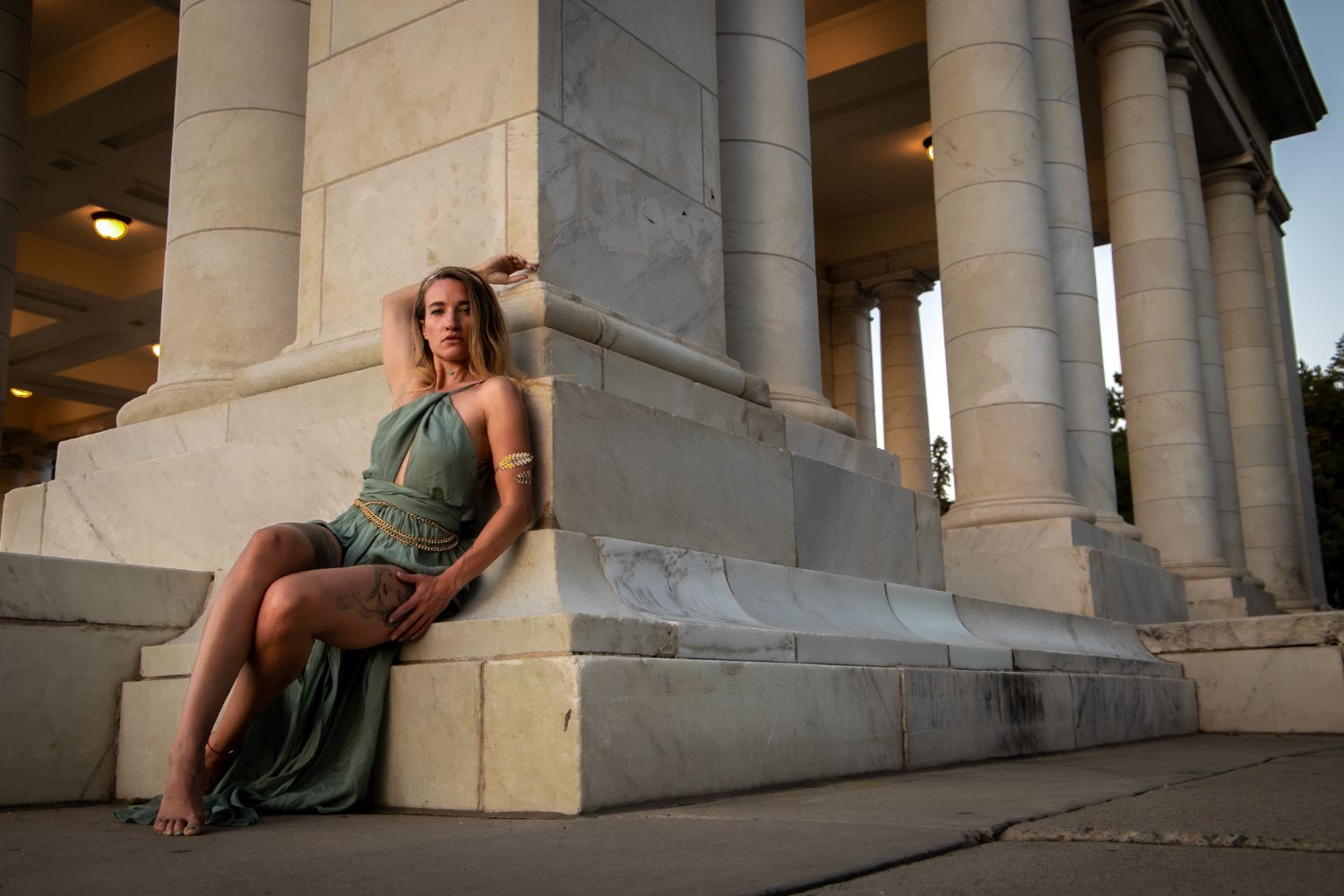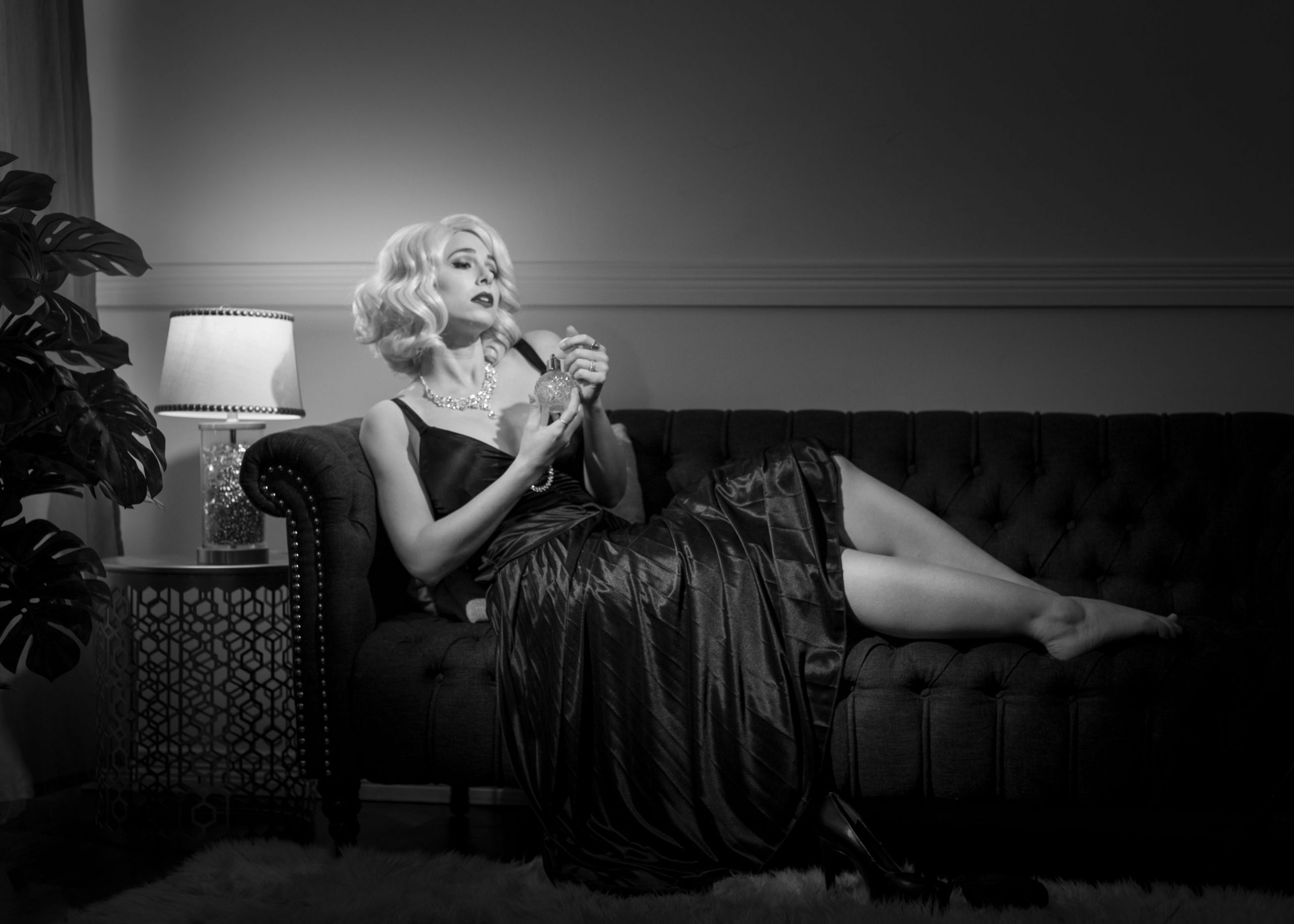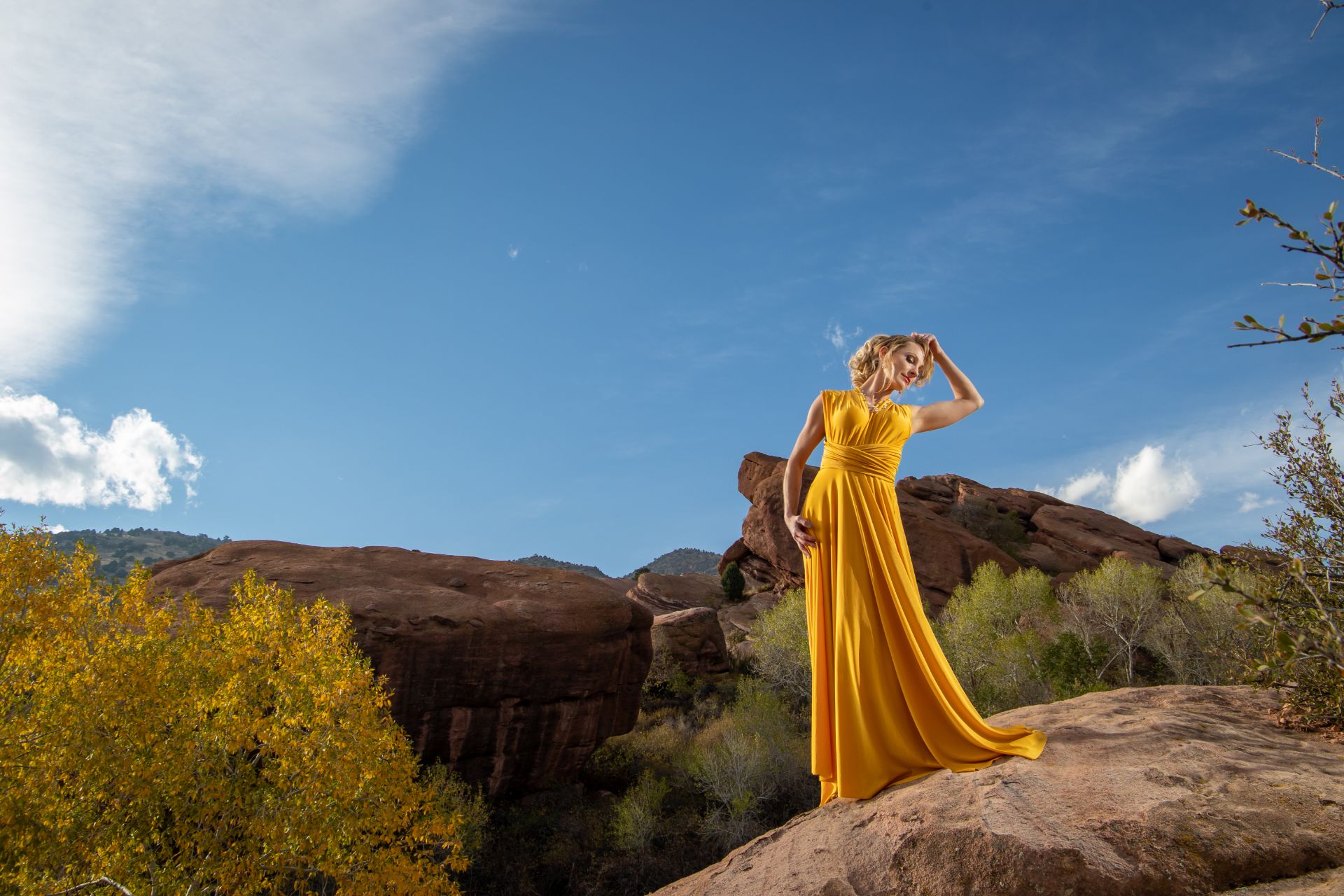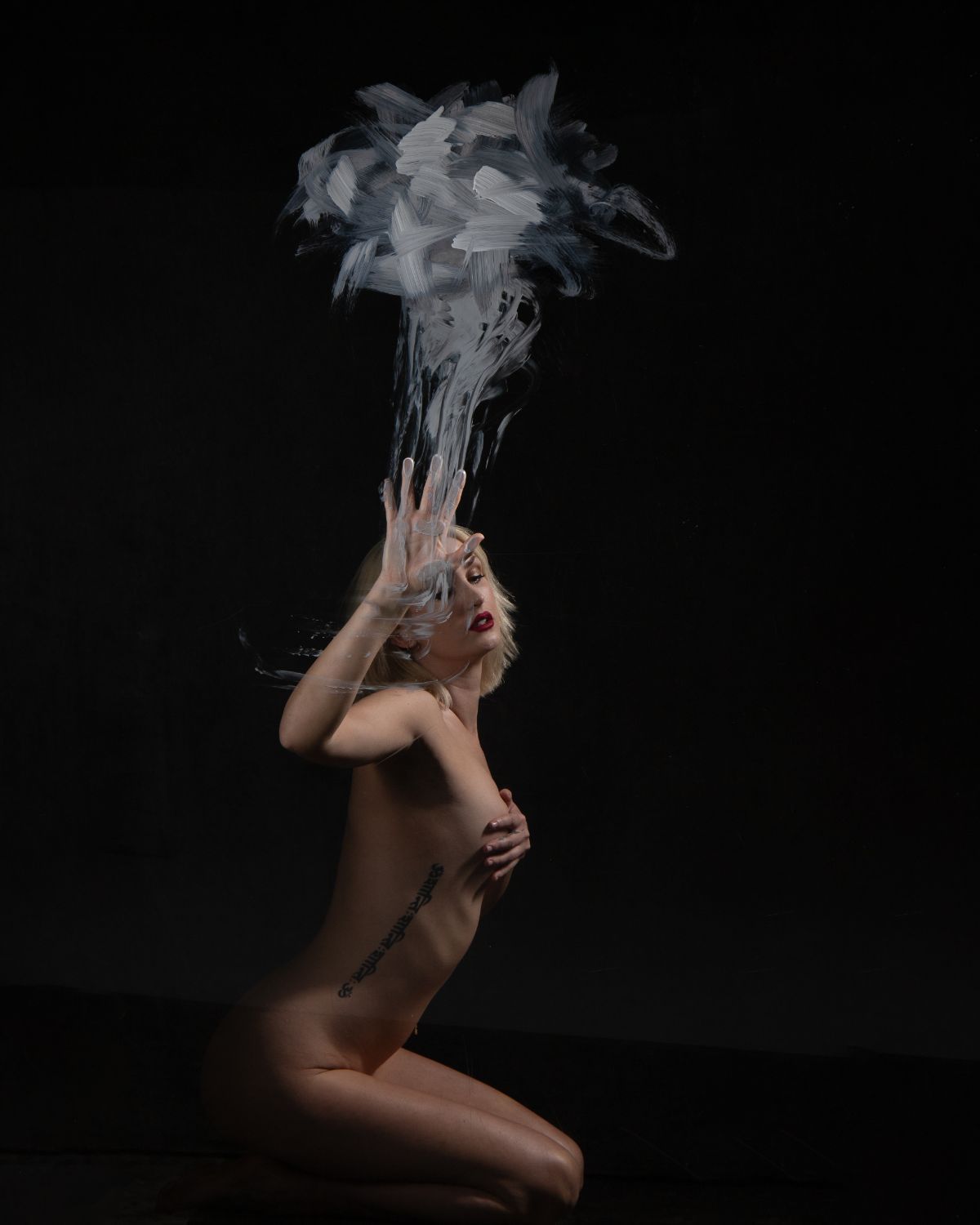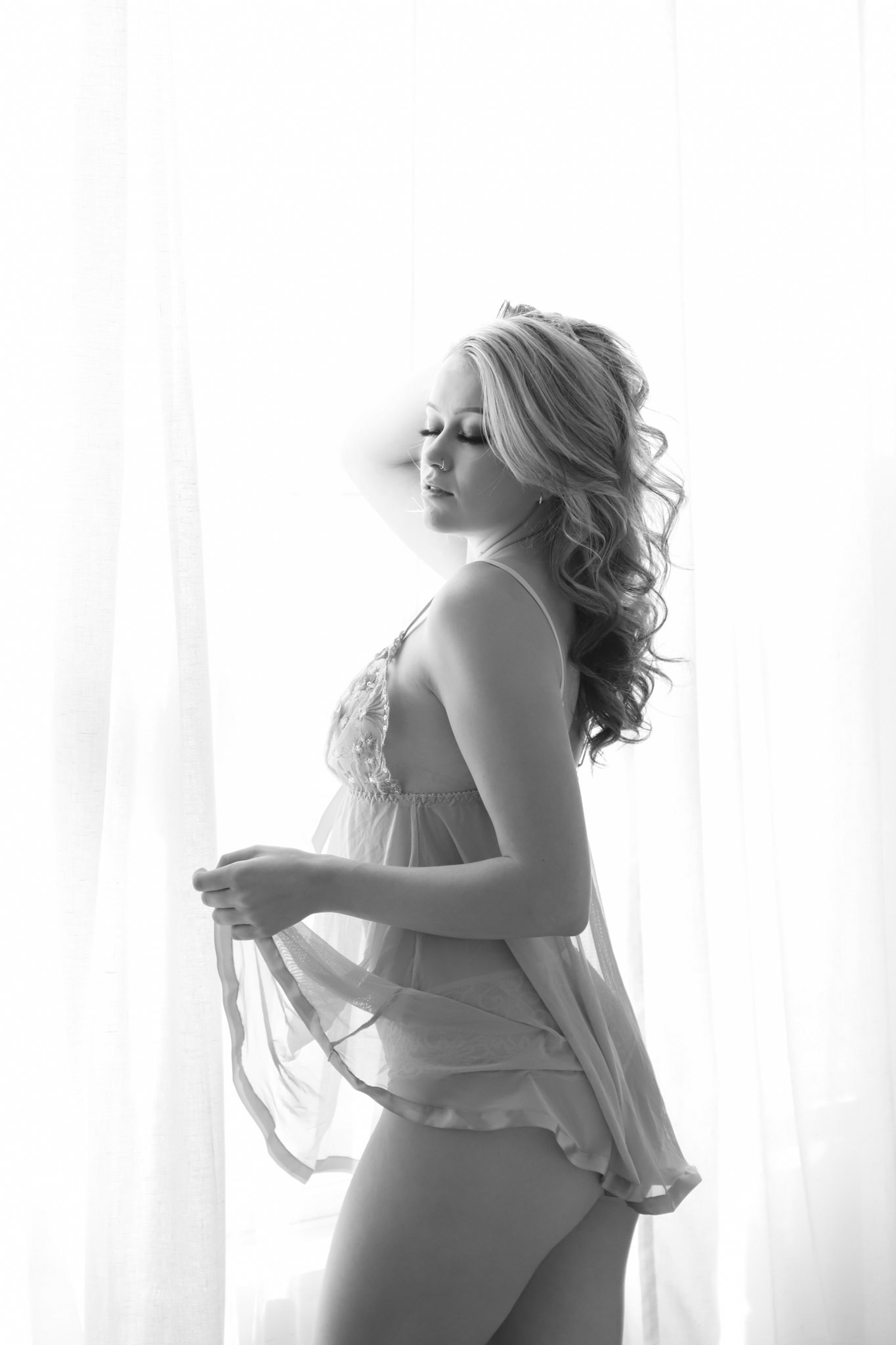When I’m communicating with photographers and models, I use some terms that I borrow from cinematography to describe photographic styles. These terms categorize certain elements or characteristics and I use them as verbal shortcuts to communicate a particular vibe or a particular look and feel that I want to capture. When I use these terms, I often get blank or puzzled looks, so I thought I’d take a moment to briefly explain what I’m talking about. Here are my five broad categorizations of styles.
Naturalistic Style
In film, this would be a documentary. In photography, it would be a snapshot or photojournalism. It lacks elaborate lighting setups and aims for a candid, spontaneous feel. It portrays a sense of being authentic even though the photographer may or may not be paying attention to lighting and composition.
Realistic Style
This is the style used in most mainstream films to maintain a sense of believability. Composition and lighting follow traditional rules or guidelines. A realistic style portrays people in a cinematic way without drawing attention to the process itself. In a sense, it’s hyper-naturalistic. The lighting looks naturalistic, but it’s enhanced. This is how I would largely characterize a lot of my work, especially my commercial work.
Stylized Style
This is a highly stylistic representation of reality, sometimes bordering on the surreal. This often involves exaggerated lighting or composition, but the subject matter can be out of the ordinary as well. You don’t see this as being natural or real. You are aware of the process the photographer uses. Examples of this could be shooting with a wide-angle lens from a low angle to exaggerate height or mixing flash and ambient light in a way that makes it obvious that you’re using flash.
High Key Style (Bright and Airy)
In film, this would be the romantic comedy or commercials. The whole scene is well-lit, including the subject. Shadows are minimized to provide a bright, happy, cheerful atmosphere. Commercial and catalog photographers often use this style, as do wedding or newborn photographers. I tend to use this mostly in my fashion work.
Low Key Style (Dark and Moody)
This is the opposite of the high-key style. The background is significantly darker than the subject. There may be a significant shadow on the subject’s face. Certain elements in the frame are selectively lit, and this creates high contrast between the highlights and shadows. The vibe is dramatic, and the images feel more emotional or moody. I’m drawn to shadows, and it tends to be my go-to style.
These styles are not the same as genres, although certain genres are typically associated with a certain style. For example, wedding photography is usually shot in either a realistic or high-key style, and art nude is usually low-key. And, of course, my definitions are pretty broad and fluid. For example, you may shoot in a combined low-key stylized style or a combined high-key realistic style.
Below is a little slideshow with some examples of each style. You can find a full gallery for each of these shoots in my blog.

